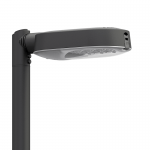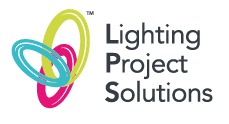Environmental

At LPS we aim to do everything we can to help reduce our impact on our environment.
A brief overview of the ways we are committed are as follows:-
Recycled Material
A major impact on the environment the ability to recycle is a must for any Lighting manufacturer.
LPS and our partners aim to make as much of our products recyclable and use recycled products where possible.
Whether this is by using different materials such as plastic polymers instead of the standard die cast aluminium or using recycled aluminium.
Reduction in packaging
The ability to break down the luminaire at the end of life has also been considered. Many of our products can easily be dismantled for ease of recycling.
We also prioritise the correct recycling of our luminaires following the WEEE directive guidelines. To support this LPS is a member of Lumicom to help with the correct disposal of our luminaires.
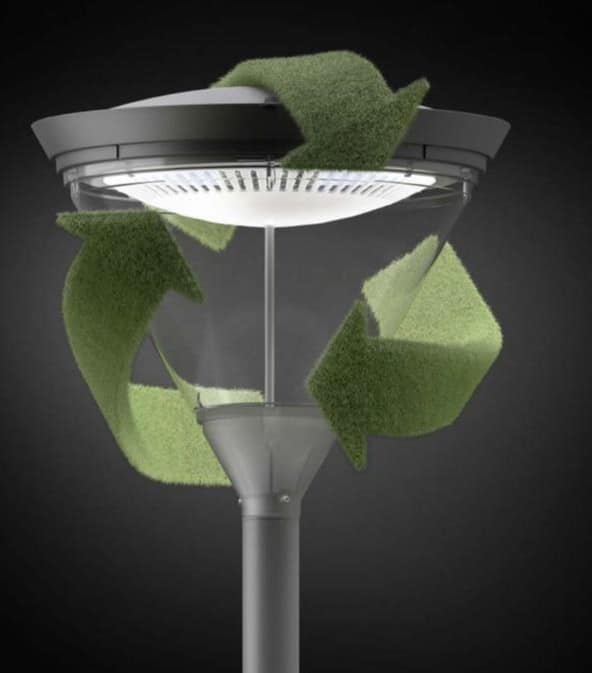
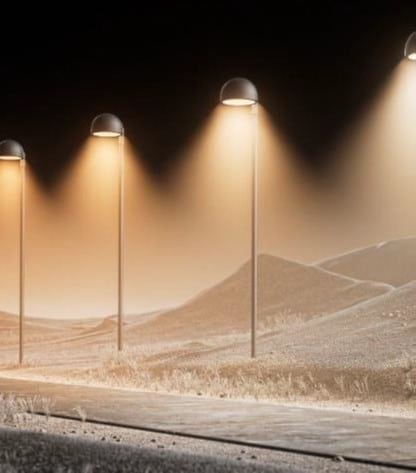
Lighting Design
Through our lighting designs we look not only to use best practice and a sensible approach but look at ways we can lower a designs energy consumption and thus reducing the carbon impact.
By using products using the latest LED’s and a wide range of optics we can tailor our designs to help achieve required lighting levels and also look to try to reduce the number of luminaires required to meet the required standards.
We also look with our designs to ensure we meet required standards such as BREEAM
Environmental impact
Not only do we look to reduce our Carbon footprint but we also look at our ecological impact as well on our environment and surrounding area.
To help achieve this we design as standard in 2700K rather than the industry norm of 4000K By using lower colour temperatures this has less impact on our natural wildlife. This will help elevate requirements of a ecological reports that may be required.
We also look at how our lighting effects others around the scheme ensure that we reduce our obtrusive light and although not officially dark sky registered we ensure that this is achieved.
Energy Reduction Through Controls
On most installations there comes a time when light is no longer required. To help reduce schemes energy consumption we can look to actively control our luminaires.
By adding luminaire controls this has the further ability to reduce a sites carbon footprint but also saving on energy.
A number of controls can easily be implemented such as:-
Standard Controls
Whatever your application we can offer a range controls from standard Photocells to NEMA, Zhaga andZigbee devices such as PIR’s.
Programmable Dimming
Selectable dimming options on our products from simple DALI / 1-10V dimming to fully controllable energy saving dimming schedules.
Active Scene Selection
Though our partners we can offer a range of control systems to set up various architectural scenes bringing buildings to life.
Tuneable Lighting
Seamless adjustable colour temperatures – from cool white to warm white helps bring natural lighting effects to your design.

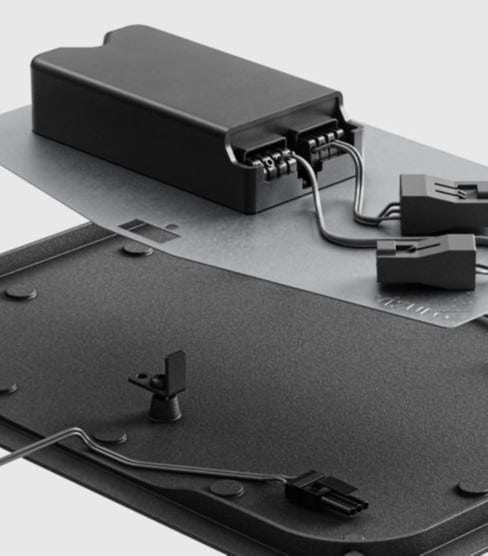
Product Sustainability ECO Design
Through ourselves and our partners we ensure that we look to the future when producing our fittings. We aim to use products that not only enhance our performance but when it comes to end of life can easily be dismantled or reused.
Such features we consider are:-
- Ease to install
- Flexible mounting options
- Ability to add and replace components
- Spares are readily available
- Toolless entry
- The ease of dismantling for recycling
Circular Economy TM66
Following CIBSE released their new technical memorandum TM66:2021 Creating a circular economy in the lighting industry. This new document sets out what the industry could do in the design and manufacturing of products to comply with circular economy principles. It also includes a new assessment framework that can be applied to our industry.
TM66 outlines two methods the MAKE rating and the SPECIFY rating. The MAKE rating is aimed at manufacturers and is a comprehensive assessment looking at product design, manufacturing, materials, and the ecosystem. The SPECIFY rating is a simplified version of the MAKE rating and is aimed at our customers to help them quickly assess different products. After completing either a MAKE or SPECIFY document a score is generated for the luminaire between 0.0 and 4.0 (the higher the score, the better). For example, scores between 2.5 and 4.0 are described as ‘Excellent circularity’.
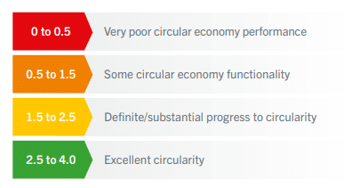
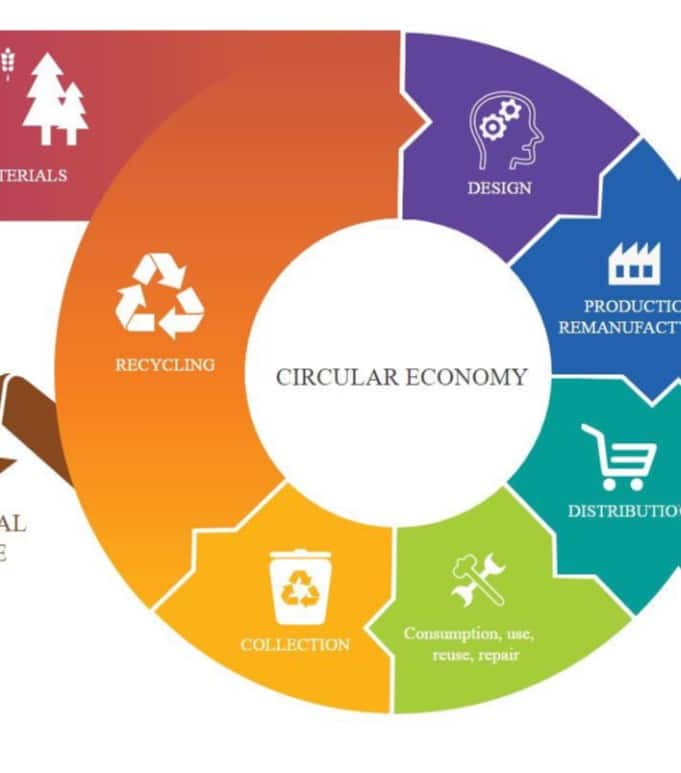
TM66 Example Scoring
Keno
1.5
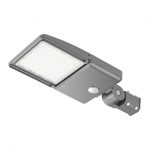
Mini Martin
2.2
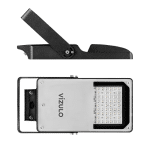
Evolución
2.8
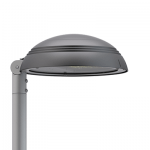
Finn
1.8
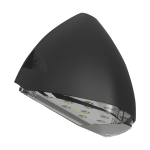
Stork
2.2
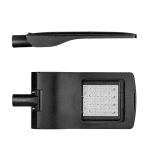
Enur Micro
2.8
